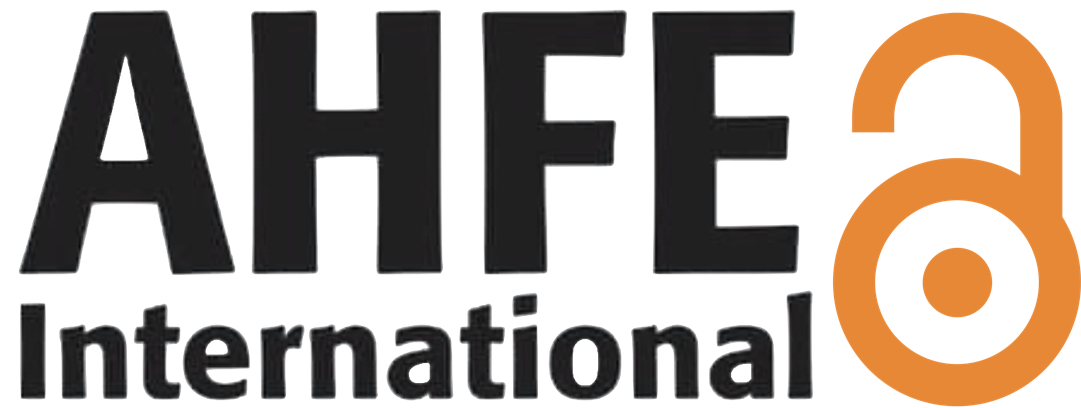Optimization-Based Automated Tasking for Complex Multi-Drone Missions
Open Access
Article
Conference Proceedings
Authors: Verónica Mendes Pedro, Axel Schulte
Abstract: In this article, we present a concept for generating collaborative behavior for a heterogeneous team of drones with different capabilities that allows executing complex tasks in future military Manned-Unmanned-Teaming (MUM-T) helicopter missions. In these missions, the pilot is required not only to control their own helicopter but also to manage a large number of drones. This scenario quickly creates excess workload, as well as possible underusage of available resources. To prevent this, we create a simple command interface for the pilot that allows to assign multiple tasks to the drones by selecting only essential parameters. These, in turn, are used to automatically distribute the resources and generate an easily adjustable mission plan.Our approach starts by designing the interface that allows the pilot to choose from a menu of broad objectives (for example, the two main use-cases considered: “reconnaissance” or “coordinated attack”) that express the desired goal. Then, some more specific parameters need to be chosen. In the first case, the pilot needs to select the area, point or object to be analyzed, as well as the level of desired accuracy and time invested. For example, on the coordinated attack , where the drones need to engage a certain number of targets at the same time, the pilot needs to manually select the intended targets. In order to create reliable automated tasking, two main aspects must be taken into account. First of all, the mission scenario, with parameters such as the level of risk of the considered area; the number, size, type of defenses, and location of targets, and whether these are static or moving. These elements, along with the goal, will determine the success criteria and variables to be optimized for each mission. For example in the first use-case, if the targets are moving, the mission may only be deemed successful once the section is swept multiple times. For the second use case, both the trajectory as well as the UAV velocity need to be computed in order for an attack to happen simultaneously. Additionally, drone characteristics must be considered, such as sensor capabilities (with respective uncertainty and range), replacement costs, and airspeeds. Once all these elements are properly defined, they can be used to define the utility function (which is the probability of mission success) that is then maximized by the candidate parameters (such as trajectory and velocity).These aspects are used to calculate the probability of mission success to be maximized, as well as the optimization constraints needed. This concept will enable complex multi-drone missions and will be integrated into our mission and cockpit simulator environment for testing and verification by pilots from the German Army .
Keywords: mission planning, automated tasking, optimization
DOI: 10.54941/ahfe1005847
Cite this paper:
Downloads
309
Visits
660


 AHFE Open Access
AHFE Open Access